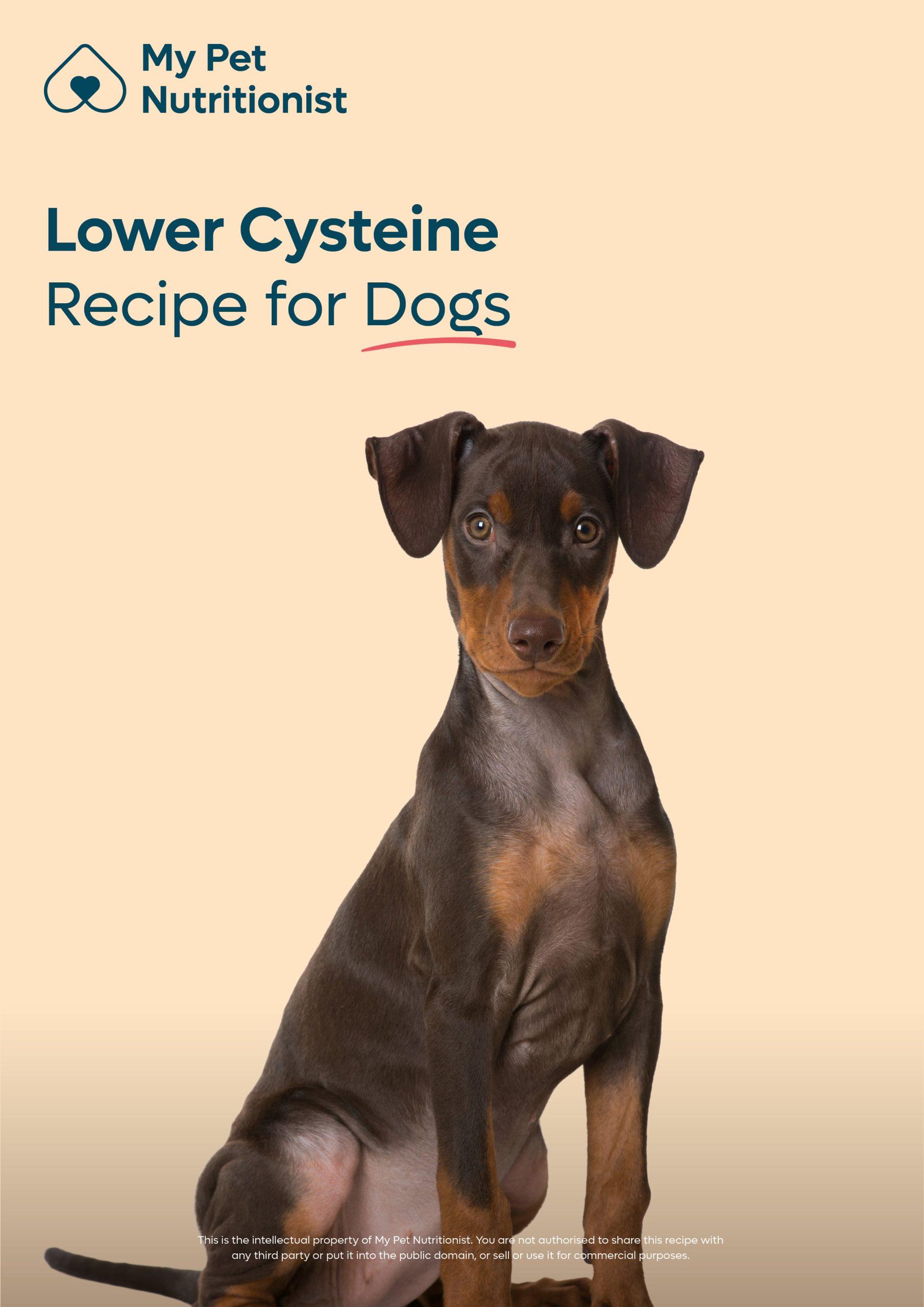-
£19.99

Cysteine Stones … Everything You Need to Know
- June 1, 2023
- 3 mins 50 secs
At My Pet Nutritionist, we often get enquiries about dogs suffering with urinary crystals or bladder stones. One of the types of crystal often diagnosed, is the Cysteine crystal.
Cysteine stones are uroliths (solidified lumps of crystalloids) which can form in the bladder, urinary tract, or kidneys. Of the four stones, Cysteine stones are incredibly rare, with only around 1% of diagnoses being Cysteine. While these stones can happen in female dogs, they are most common in males.
Learn more about the different types of stone in our blog here!
As with each type of urinary stone, there are some unique characteristics associated with it; these stones only form in acidic urine. Dogs with more alkaline urine will not form this stone. The risk of cysteine stones forming, may also be down to genetic abnormalities.
Findings Here
Findings Here
Breeds predisposed to Cysteine stones include:
Alternatively, the pet may be opened up, and large stones causing blockages will be removed by hand.
Findings Here
This procedure is usually most successful on medium to large dogs, and involves two catheters being placed in the dog; one up the urethra, and the other in the urethral lumen. A finger is inserted into the rectum to push against the urethra, causing a build up of pressure and a tight seal. Once a tight seal is made, saline water is flushed through the catheters, and the bladder is palpated, flushing the small stones out.
Although this method requires anaesthesia, it is preferred for smaller stones as it is much less invasive than surgery.
Findings Here
As well as these specific nutrient requirements, it is imperative that your dog’s diet includes as much moisture as possible! Moisture in the diet will help flush the bladder; feeding a dry food would dehydrate the dog, and could worsen the issue. Feeding a fresh food is very much recommended for any bladder stone, including Cysteine!
Findings Here
Find our recipe suitable for dogs suffering from cysteine stones here!
Findings Here
Selenium has been proven to reduce the volume of cysteine crystal formation. When looking for a supplement, ensure it is as pure as possible.
Findings Here
Findings Here
If your dog has been suffering with recurring cysteine stones or crystals, consider booking in with one of our team!
Team MPN x
What are Cysteine Stones?
There are 4 main types of bladder stone/crystal; Struvite, Calcium Oxalate, Urate, and Cysteine.Cysteine stones are uroliths (solidified lumps of crystalloids) which can form in the bladder, urinary tract, or kidneys. Of the four stones, Cysteine stones are incredibly rare, with only around 1% of diagnoses being Cysteine. While these stones can happen in female dogs, they are most common in males.
Learn more about the different types of stone in our blog here!
How are Cysteine Stones Formed?
The amino acid, Cystine, is made by the body after synthesis of methionine. Cysteine can also be found in some higher protein foods. It is reabsorbed by the kidneys, but when the kidneys are unable to absorb it, a condition called cystinuria occurs. When this happens, the cystine becomes very concentrated in the urine, which causes the formation of Cysteine bladder or kidney stones.As with each type of urinary stone, there are some unique characteristics associated with it; these stones only form in acidic urine. Dogs with more alkaline urine will not form this stone. The risk of cysteine stones forming, may also be down to genetic abnormalities.
Findings Here
Findings Here
Symptoms of Cysteine Stones
Though similar for other stone types, some symptoms your pet may show are:- Frequent, sometimes bloody urine
- Painful urination
- Excessive drinking
- Nausea and vomiting
Breed Predisposition
Some breeds of dog are genetically predisposed to Cysteine stones, and may require regular treatment, as this type of stone is often a recurrent issue.Breeds predisposed to Cysteine stones include:
- Basset Hounds
- Dachshunds
- Newfoundlands (unusual female cases have been recorded in this breed)
- Bullmastiffs
- English Bulldogs
- Irish Terriers
What Can the Vet Do?
Surgery
Often required for those with larger stones, surgery is a very common path to take when battling Cysteine stones. The surgical procedure is called a Ureteroscopy, during which a very small instrument is passed through the bladder and up the Ureter, pushing the stone out in the process.Alternatively, the pet may be opened up, and large stones causing blockages will be removed by hand.
Findings Here
Non-Surgical Removal
There is a non-surgical option available for those with very small cysteine stones; this procedure is known as urohyrdopropulsion.This procedure is usually most successful on medium to large dogs, and involves two catheters being placed in the dog; one up the urethra, and the other in the urethral lumen. A finger is inserted into the rectum to push against the urethra, causing a build up of pressure and a tight seal. Once a tight seal is made, saline water is flushed through the catheters, and the bladder is palpated, flushing the small stones out.
Although this method requires anaesthesia, it is preferred for smaller stones as it is much less invasive than surgery.
Findings Here
How Can we Support the Body?
Diet
Diet plays a huge role in the prevention of Cysteine stones. With these stones, its advisable to feed a normal amount of calcium, but slightly lower protein, and also low salt (to avoid water retention/dehydration).As well as these specific nutrient requirements, it is imperative that your dog’s diet includes as much moisture as possible! Moisture in the diet will help flush the bladder; feeding a dry food would dehydrate the dog, and could worsen the issue. Feeding a fresh food is very much recommended for any bladder stone, including Cysteine!
Findings Here
Find our recipe suitable for dogs suffering from cysteine stones here!
Supplements
Omega 3 in the form of Alpha Linoleic Acid (ALA) is thought to inhibit cysteine crystal formation, due to it’s anti-inflammatory, and antioxidant properties. ALA can be found in leafy greens, nuts (avoid peanuts, and macadamia nuts), and animal fat.Findings Here
Selenium has been proven to reduce the volume of cysteine crystal formation. When looking for a supplement, ensure it is as pure as possible.
Findings Here
Bonus Factoid: Cystinuria Type 3
Cystinuria Type 3 is a cysteine based, androgen dependent disease which means it only affects entire males. Bulldog breeds are particularly prone to this condition. The veterinary treatment is the same as standard cysteine stones, regarding urohyrdopropulsion, however in order to stop this painful condition from recurring regularly, the only method of prevention is castration. Neutering should be discussed with your veterinarian, and performed at the right time if your dog is a frequent sufferer of Cystinuria Type 3 flare ups.Findings Here
If your dog has been suffering with recurring cysteine stones or crystals, consider booking in with one of our team!
Team MPN x
Customer Reviews
Explore related products
Explore Related Products
Related articles
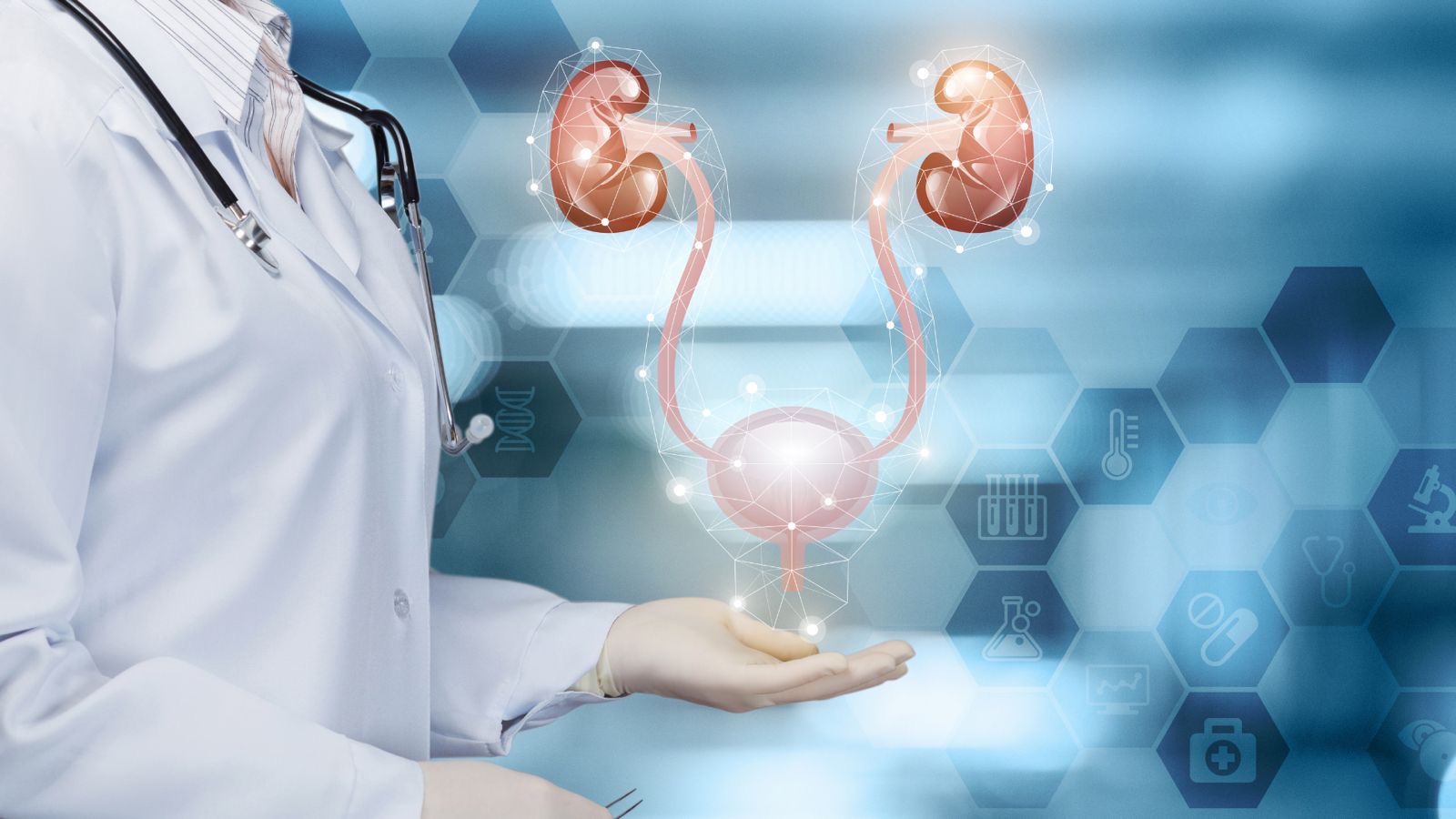
Dietary NeedsDisease ManagementGeneral HealthUrinary Issues
Best Diet for Struvite Crystals in Dogs
Mar 13 2024
•
5 mins

Dietary NeedsDisease ManagementGeneral HealthUrinary Issues
Oxalate Stones – What You Need to Know
Jul 13 2023
•
2 mins 40 secs
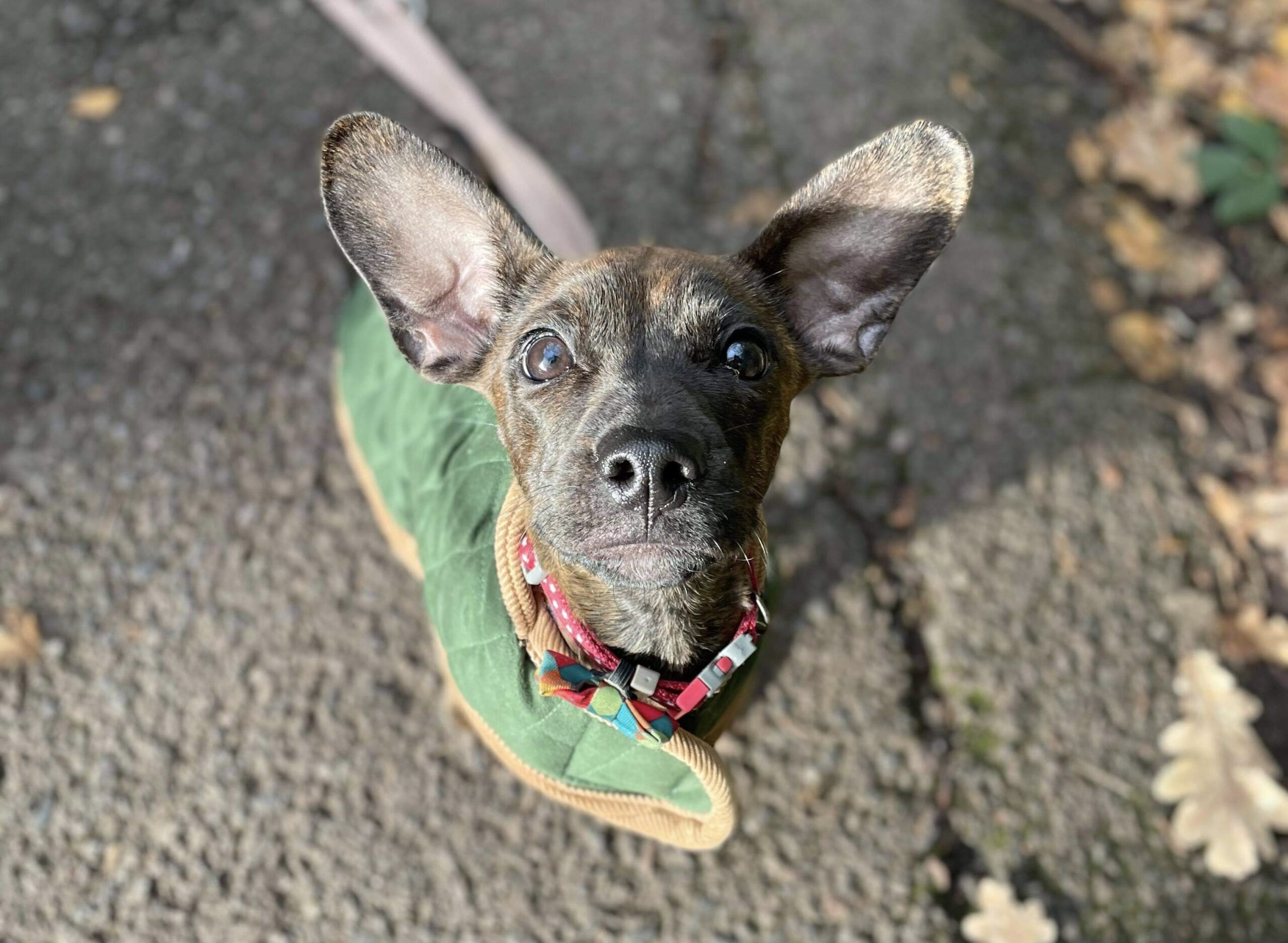
Dietary NeedsDisease ManagementGeneral HealthUrinary Issues
Cysteine Stones … Everything You Need to Know
Jun 01 2023
•
3 mins 50 secs
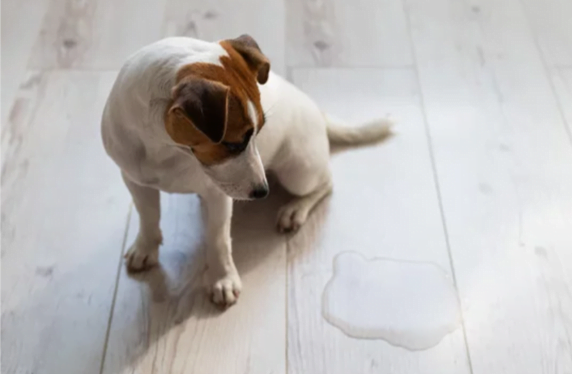
Dietary NeedsDisease ManagementGeneral HealthUrinary Issues
The Ultimate Guide to Urinary Stones
Mar 22 2023
•
7 mins 46 secs
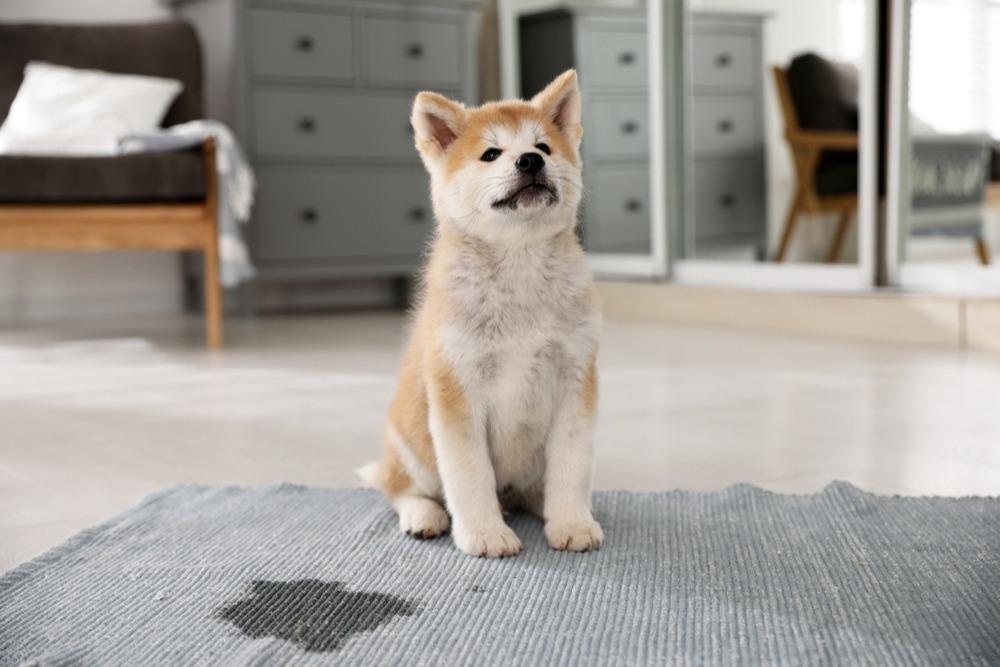
Dietary NeedsDisease ManagementGeneral HealthUrinary Issues
3 Tips to Support Your Pet’s Urinary Health
May 26 2022
•
4 mins 46 secs
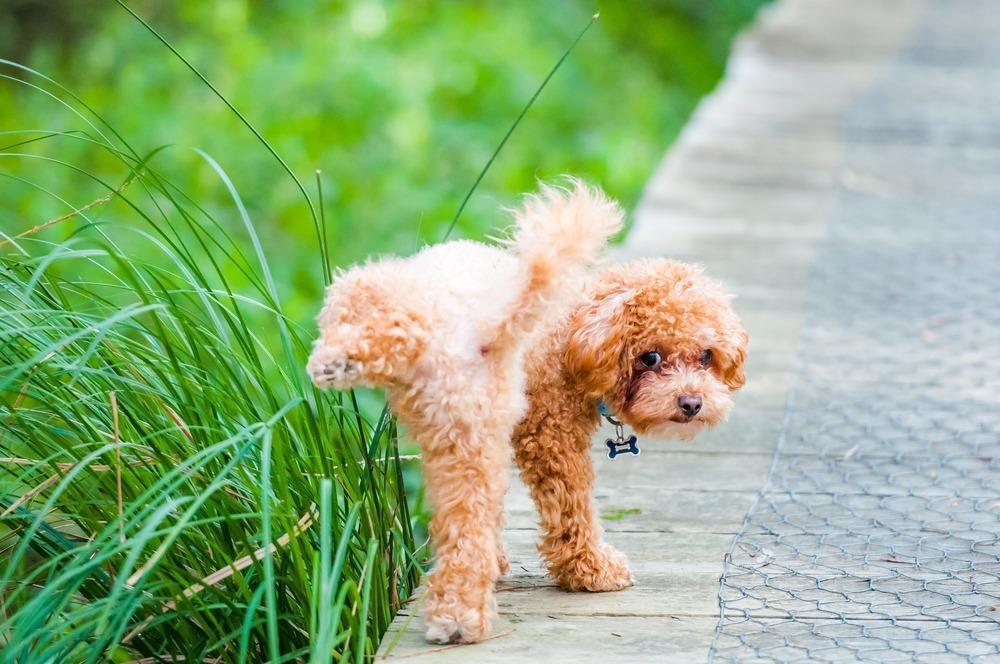
Dietary NeedsDisease ManagementGeneral HealthUrinary Issues
What Does the Microbiome Have to Do With My Dog’s Bladder Stones?
May 24 2022
•
6 mins 39 secs
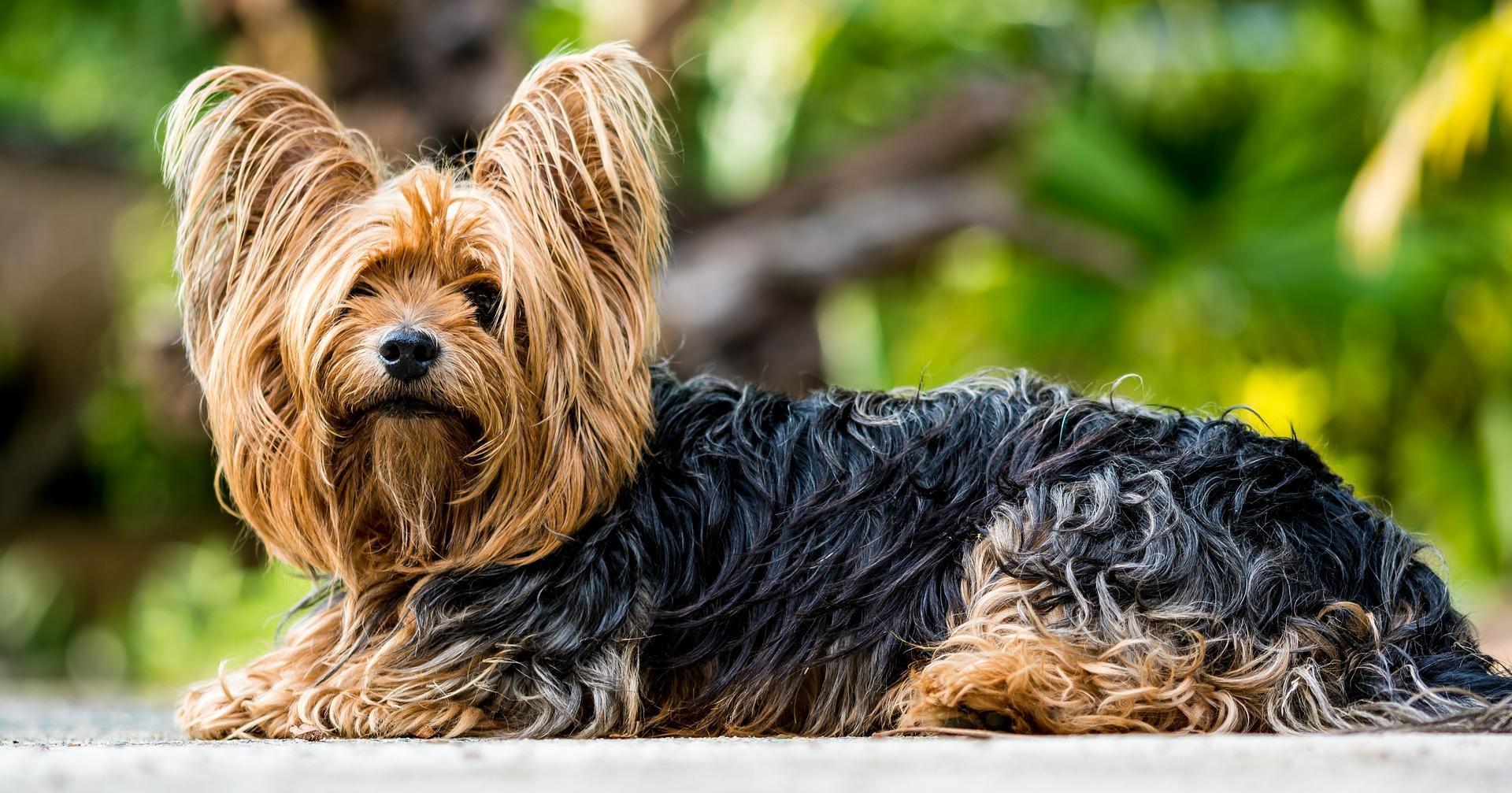
Dietary NeedsDisease ManagementGeneral HealthUrinary Issues
What Can I Do For My Dog’s Bladder Stones
Nov 04 2021
•
4 mins 56 secs
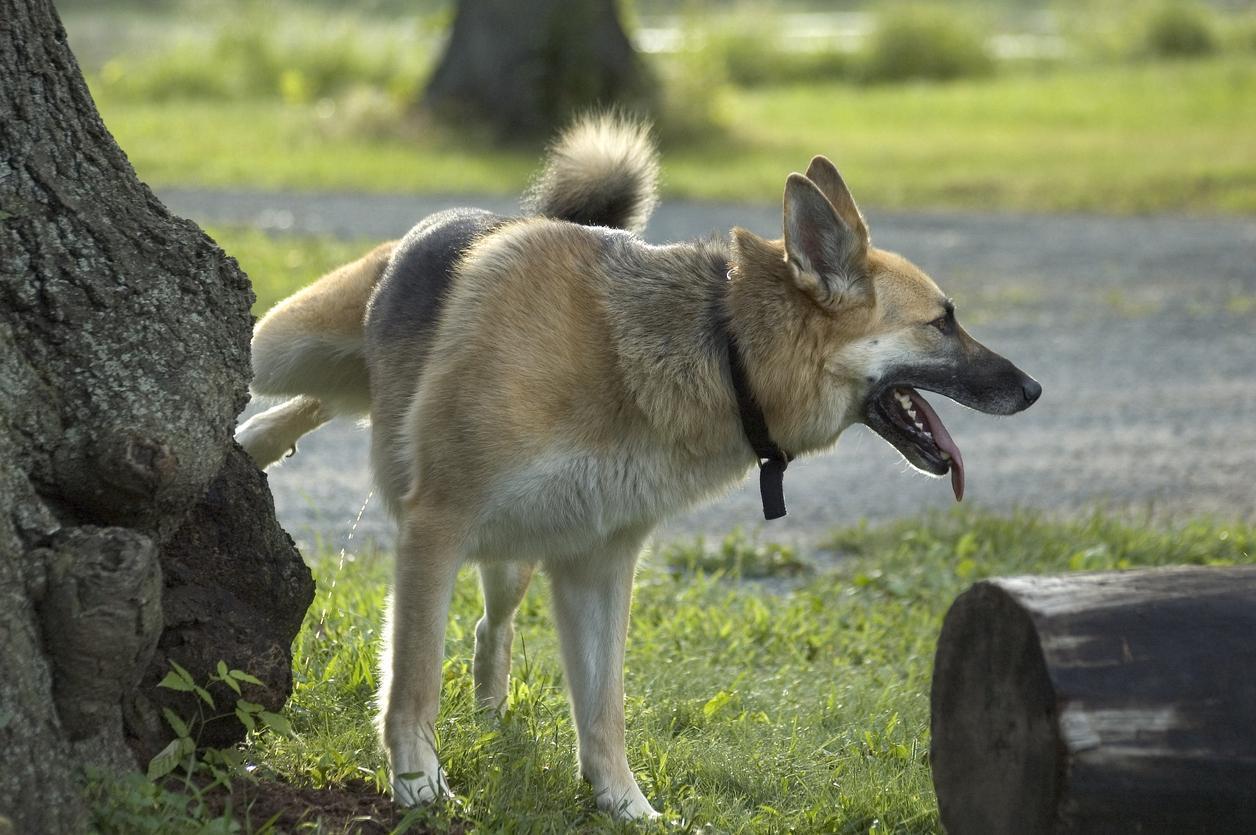
Dietary NeedsDisease ManagementGeneral HealthUrinary Issues
A Brief Guide to The Canine Urinary System
Oct 06 2021
•
5 mins 6 secs

Dietary NeedsDisease ManagementGeneral HealthUrinary Issues
Why Does My Dog Need Minerals – Part Two
Sep 23 2021
•
12 min read

Dietary NeedsDisease ManagementGeneral HealthUrinary Issues
Why Does My Dog Need Minerals – Part One
Sep 22 2021
•
7 min read

Dietary NeedsDisease ManagementGeneral HealthUrinary Issues
Does My Pet Need to Detox
Apr 15 2021
•
8 min read
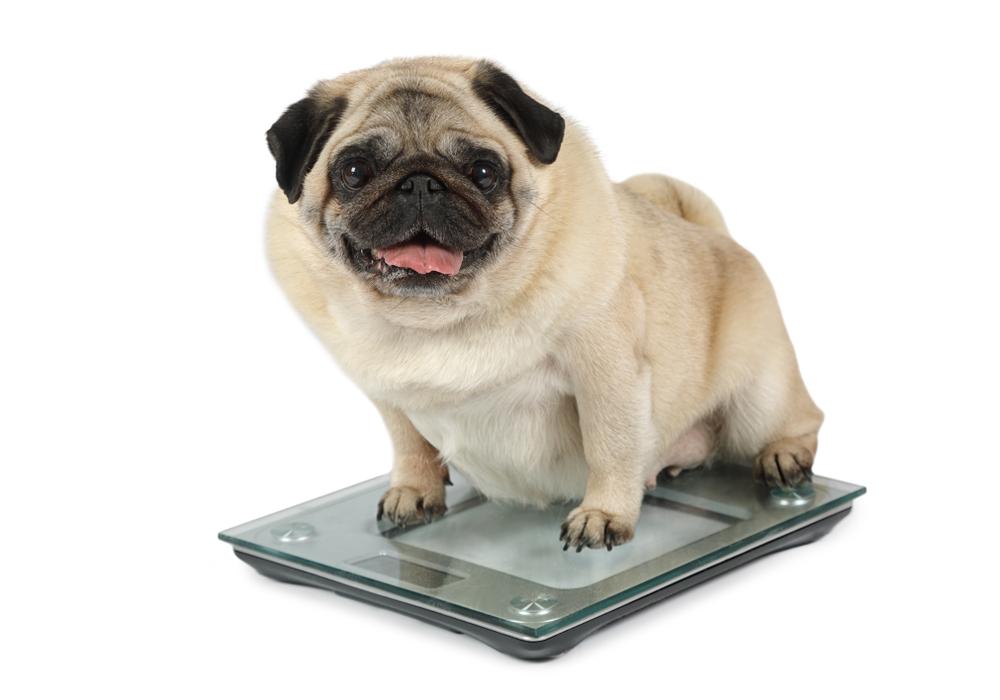
Dietary NeedsDisease ManagementGeneral HealthUrinary Issues
Obesity in Pets Part 1
Feb 25 2021
•
9 min read
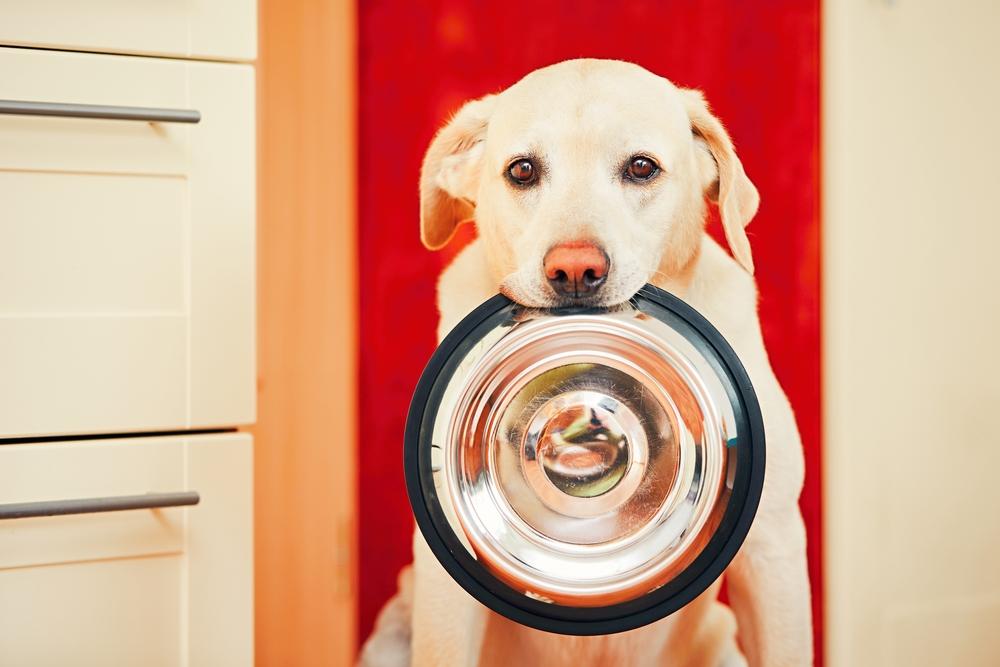
Dietary NeedsDisease ManagementGeneral HealthUrinary Issues
Why Is My Dog A Fussy Eater?
Jan 18 2021
•
10 min read

Dietary NeedsDisease ManagementGeneral HealthUrinary Issues
Why is My Dog Losing His Hair?
Jan 04 2021
•
7 min read
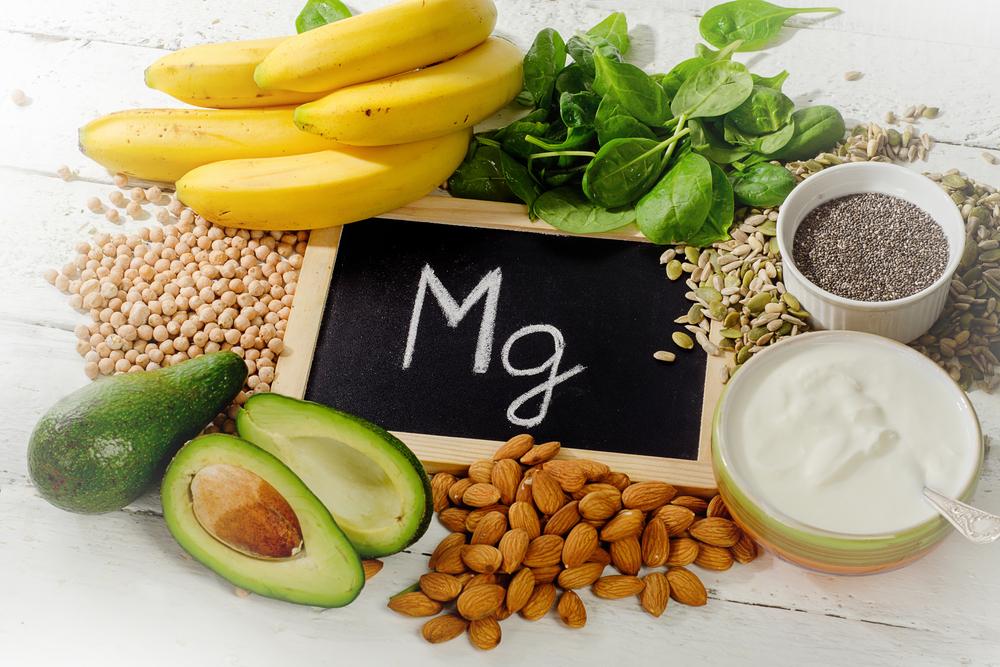
Dietary NeedsDisease ManagementGeneral HealthUrinary Issues
Why is Magnesium So Important to Your Pet
Oct 02 2020
•
10 min read

Dietary NeedsDisease ManagementGeneral HealthUrinary Issues
Why Zinc is Important for your Dog
Sep 10 2020
•
8 min read

Dietary NeedsDisease ManagementGeneral HealthUrinary Issues
7 Wonderful Herbs for Dogs
Jul 06 2020
•
9 min read

Dietary NeedsDisease ManagementGeneral HealthUrinary Issues
Does My Dog Have a Vitamin Deficiency?
May 04 2020
•
15 min read
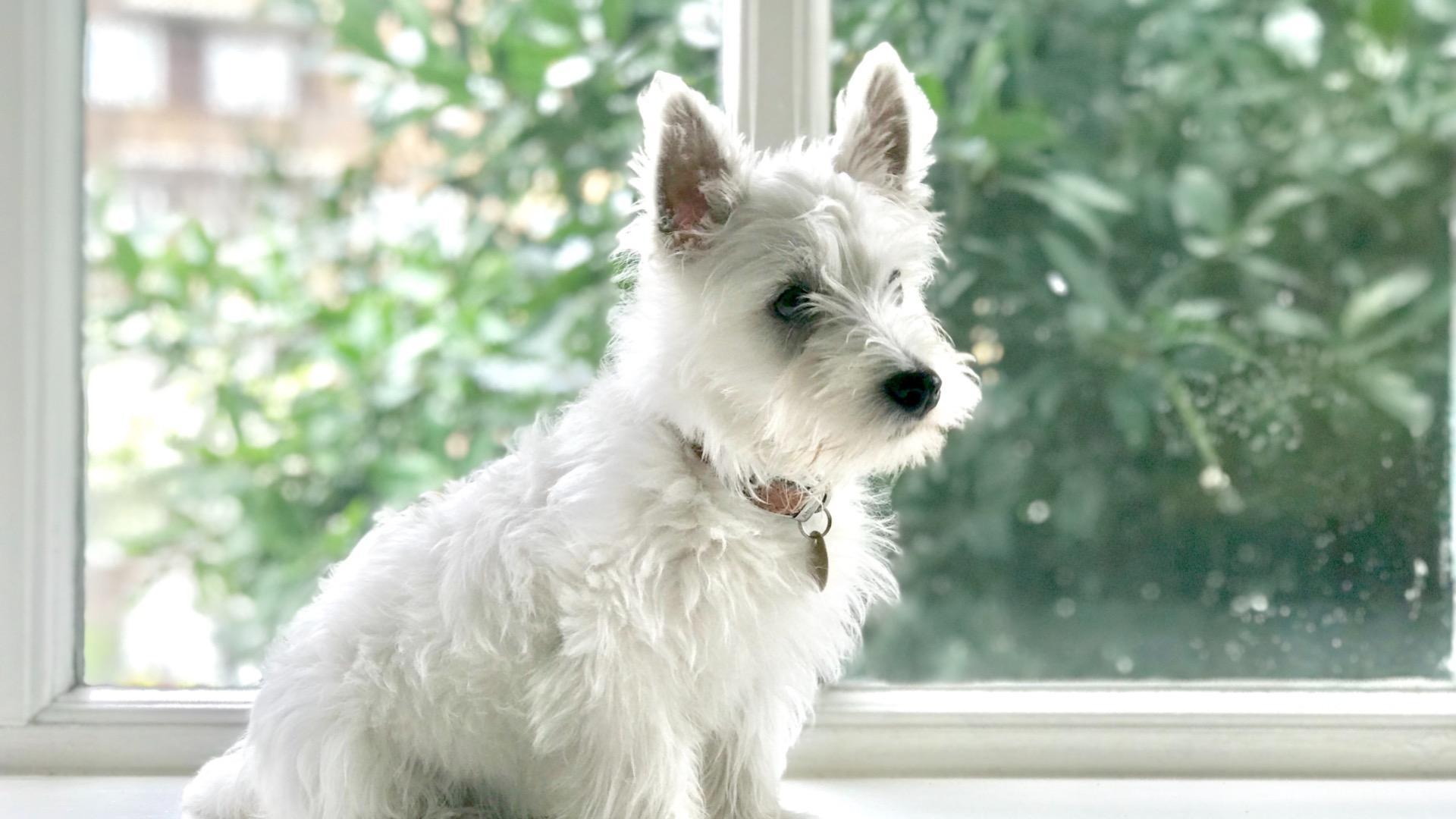
Dietary NeedsDisease ManagementGeneral HealthUrinary Issues
The Ultimate Natural UT Guide for Pets
Apr 14 2020
•
9 min read

Dietary NeedsDisease ManagementGeneral HealthUrinary Issues
7 Top Reasons to use Clay in your Dog’s Diet Regime
Feb 20 2020
•
5 min read
✕





